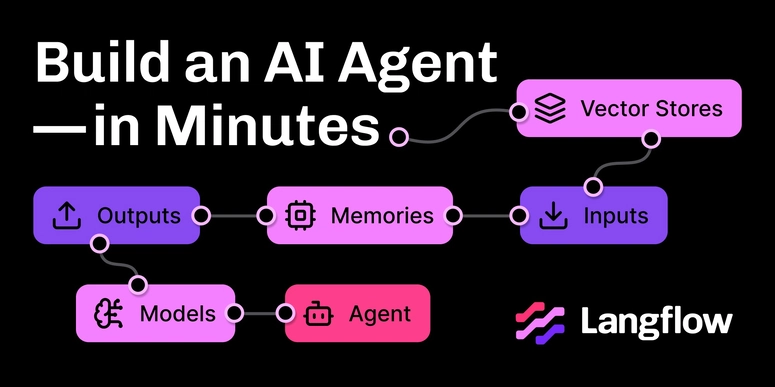Check out this Pen I made!
The provided HTML code includes a navigation overlay controlled by a button. Here's an explanation of the code:
-
Navigation Overlay (
#myNav):- The navigation overlay is a
<div>element with the IDmyNav. It's initially hidden (height: 0;) and becomes visible when theopenNav()function is triggered.
- The navigation overlay is a
-
Close Button (
×):- The close button within the overlay has the class
closebtnand triggers thecloseNav()function when clicked. It displays an '×' symbol.
- The close button within the overlay has the class
-
Overlay Content:
- The overlay contains a list of links (
<a>) representing navigation items such as "About," "Services," "Clients," "Contact," and "About Vinkal Prajapati."
- The overlay contains a list of links (
-
Button (
<button>):- The button with the class
fonttriggers theopenNav()function when clicked. It displays the Unicode symbol "☰" (three horizontal lines), commonly recognized as a menu icon.
- The button with the class
-
JavaScript Functions:
- The
openNav()function sets the height of the overlay to "80%", making it visible. - The
closeNav()function sets the height of the overlay to "0%", hiding it.
- The
-
Styling (
<style>):- The styling section contains CSS rules for the button (
fontclass). It sets the font size to 30 pixels, changes the cursor to a pointer, and centers the button horizontally within its container.
- The styling section contains CSS rules for the button (
.font {
font-size: 30px;
cursor: pointer;
display: block;
margin: 0 auto;
}
The display: block; and margin: 0 auto; combination is used to center the button horizontally.
This code creates a simple navigation overlay that appears when the button is clicked, providing a clean and user-friendly interface for accessing various sections of the website.



Top comments (0)